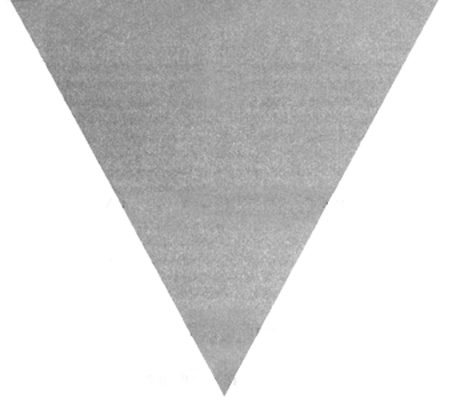

IT WAS A RAW AND SCARRED place, a land that had learned to survive, even to thrive, on harshness. At first it seemed barren to me, the trees so thin and spindly, the soil impoverished, but soon I felt a sympathy with this ragtag world of seemingly desolate outlying places and villages. It was a place of rocks and mosses. Water ran all across the earth’s surfaces in every way it could, in rivulets and bogs, ponds and streams, all of it on its way to a river where it would roar away to another America or to empty into a bay. I understood this water to be the source, the origin of all the land. I saw the land in its fullness, even the trees that had been twisted by wind and dwarfed in poor soil. Everything had become strengthened by desperate and hungry needs, and by the tracts of running water. Like me, it was native land and it had survived.
And in time it would be angry land. It would try to put an end to the plans for dams and drowned rivers. An ice jam at the Riel River would break loose and rage over the ground, tearing out dams and bridges, the construction all broken by the blue, cold roaring of ice no one was able to control. Then would come a flood of unplanned proportions that would suddenly rise up as high as the steering wheels of their machines. The Indian people would be happy with the damage, with the fact that water would do what it wanted and in its own way. What water didn’t accomplish, they would.